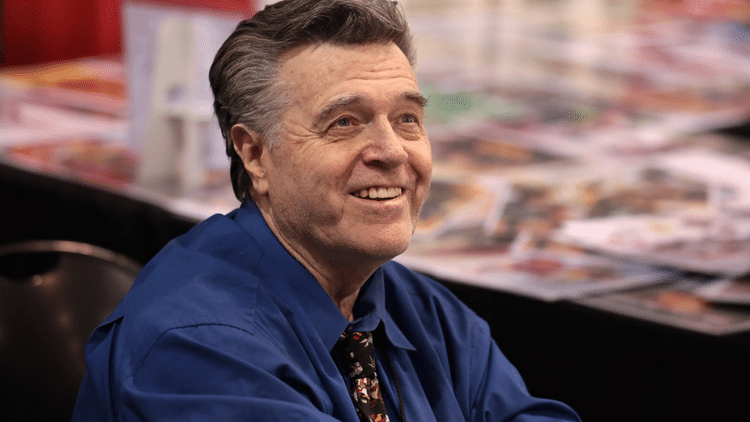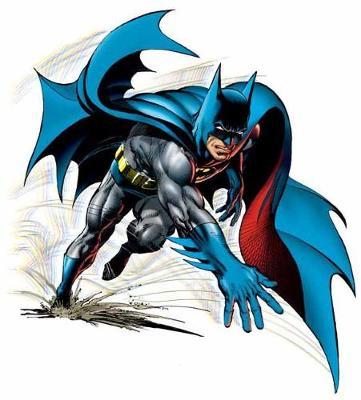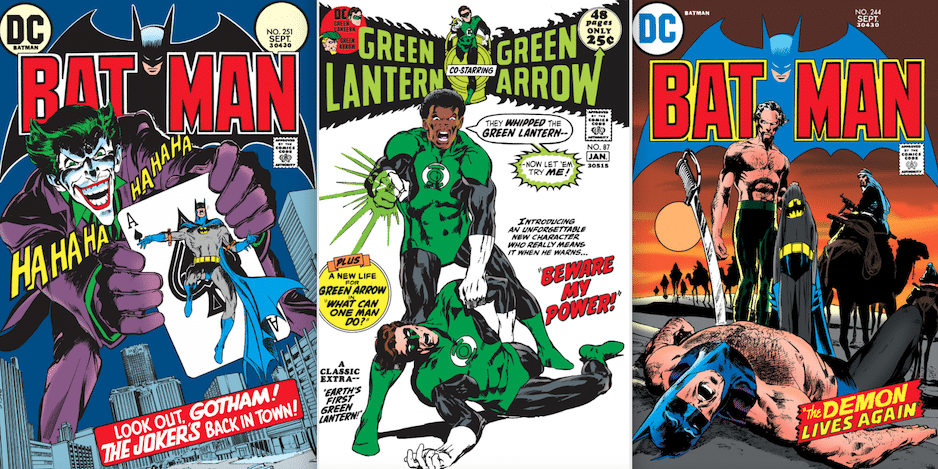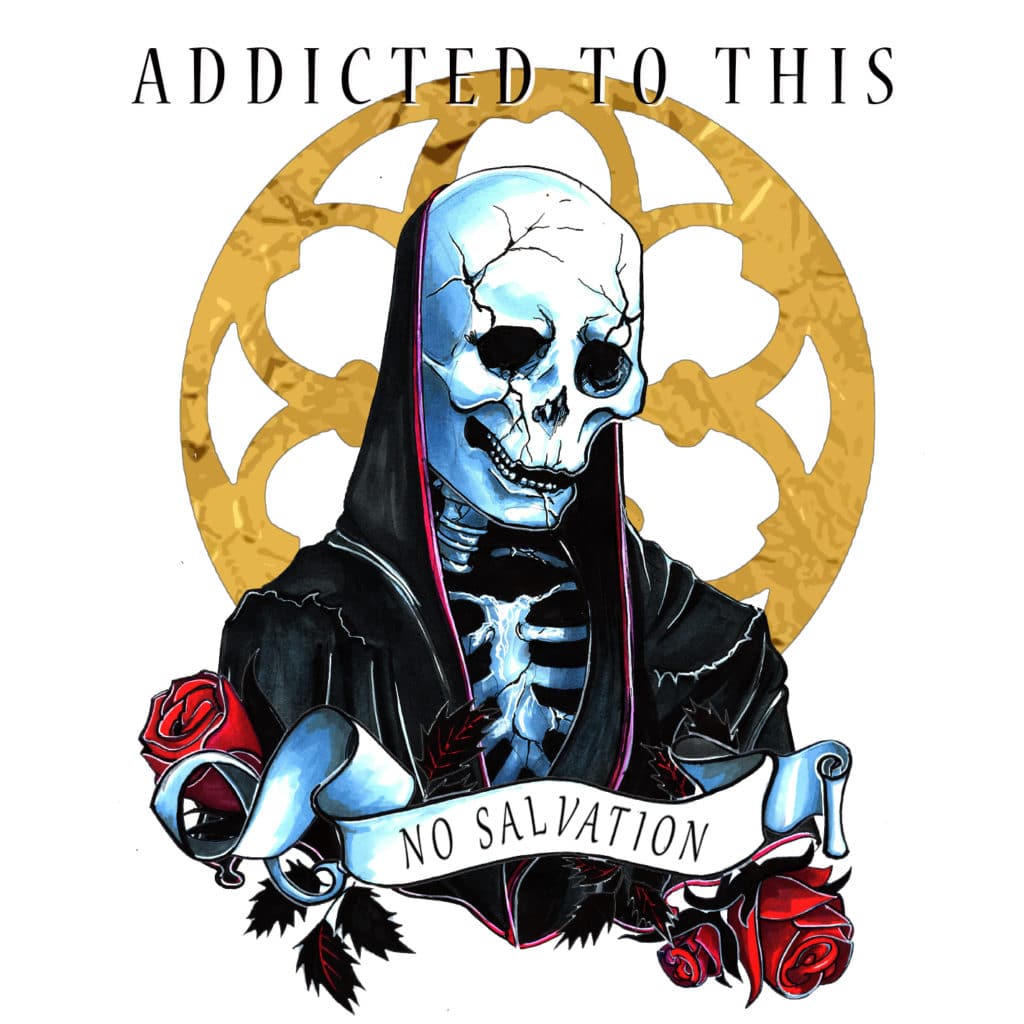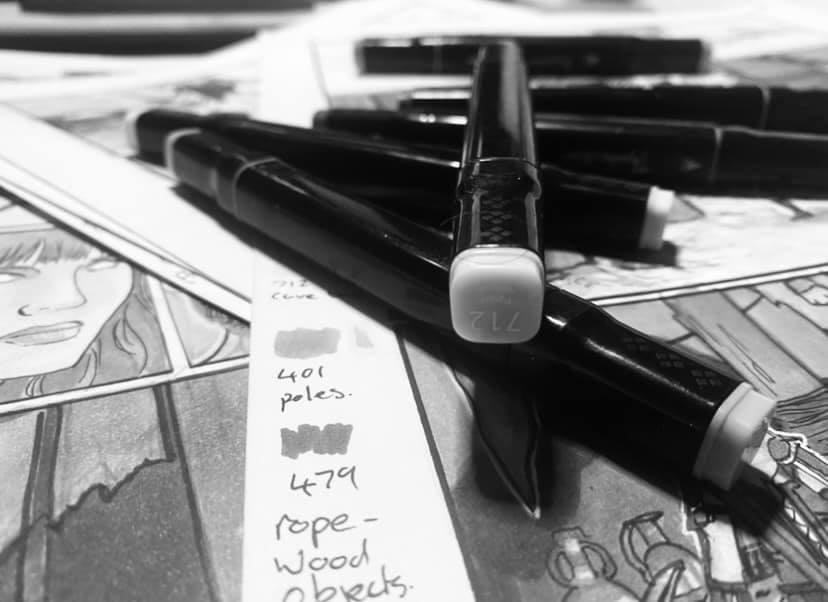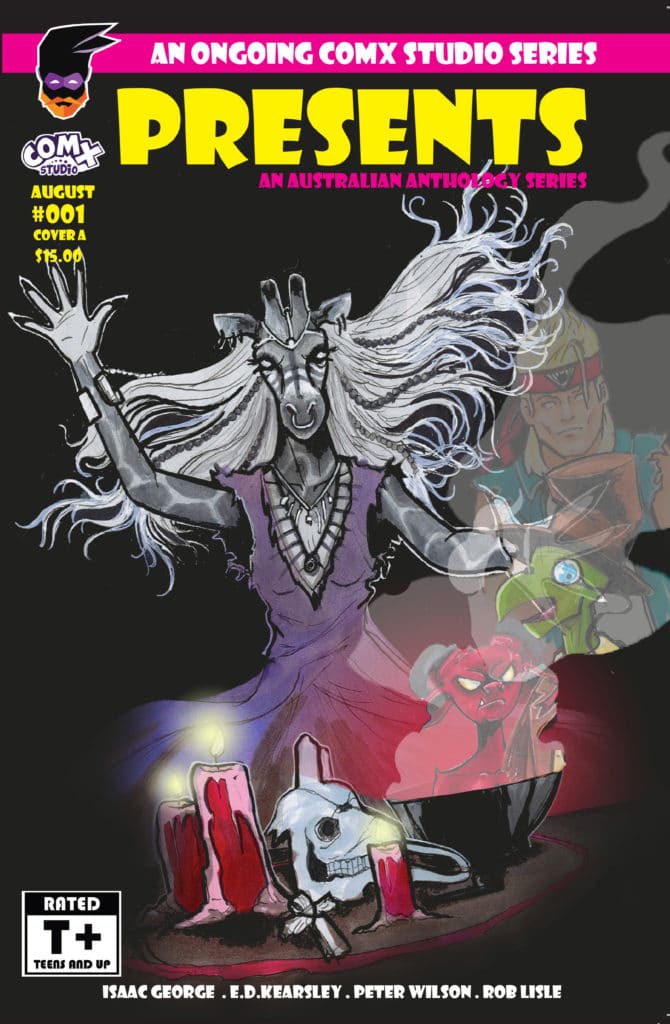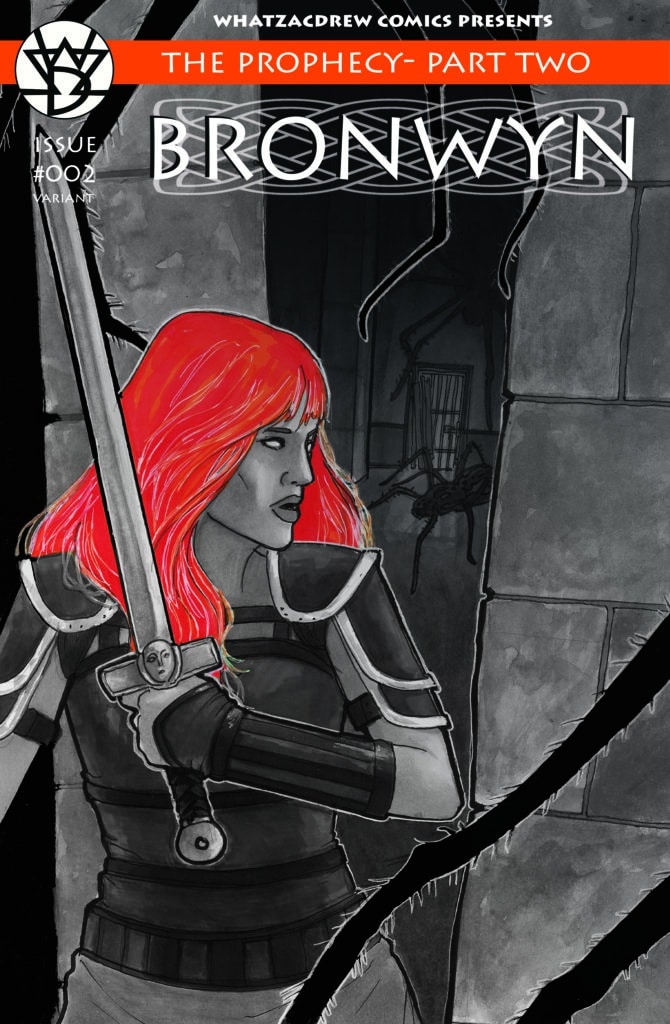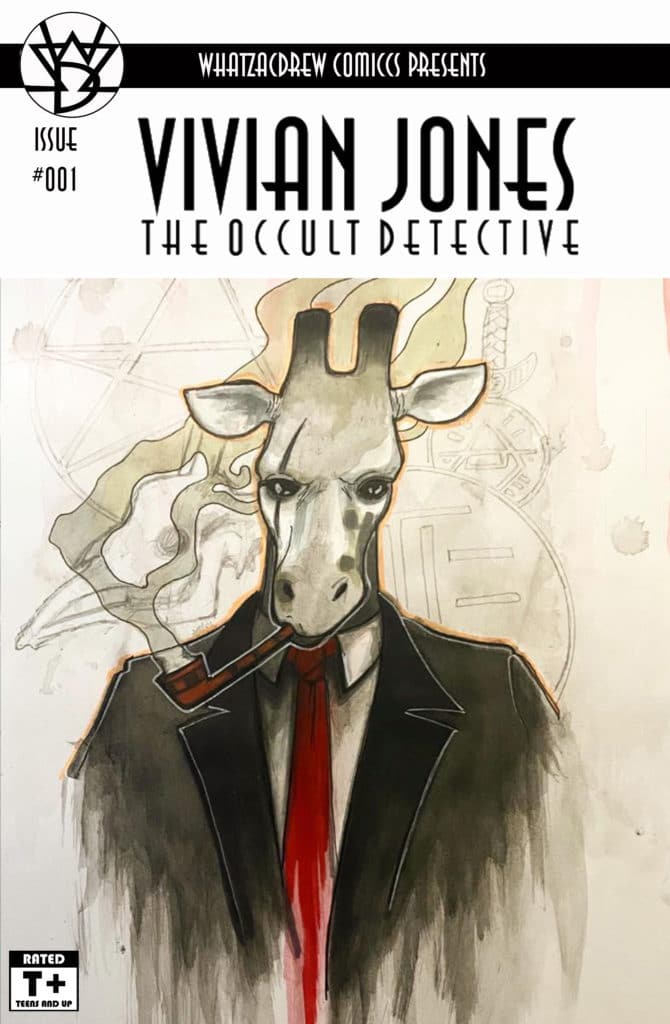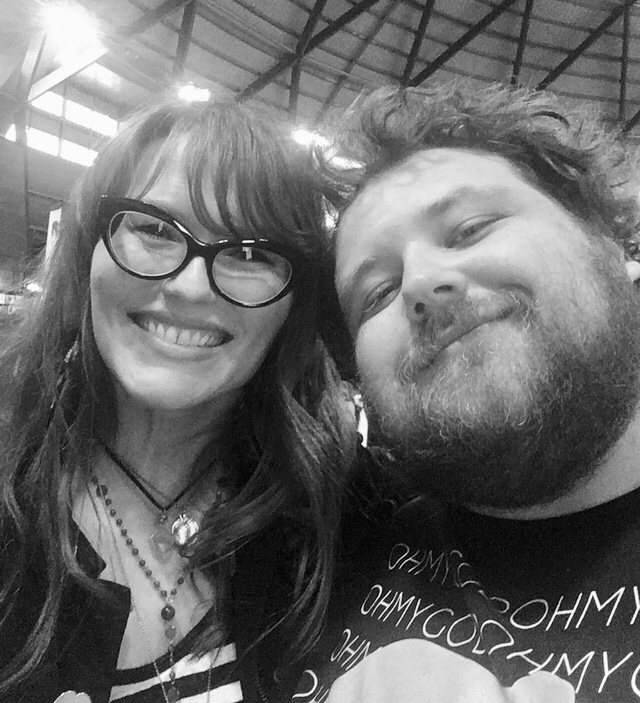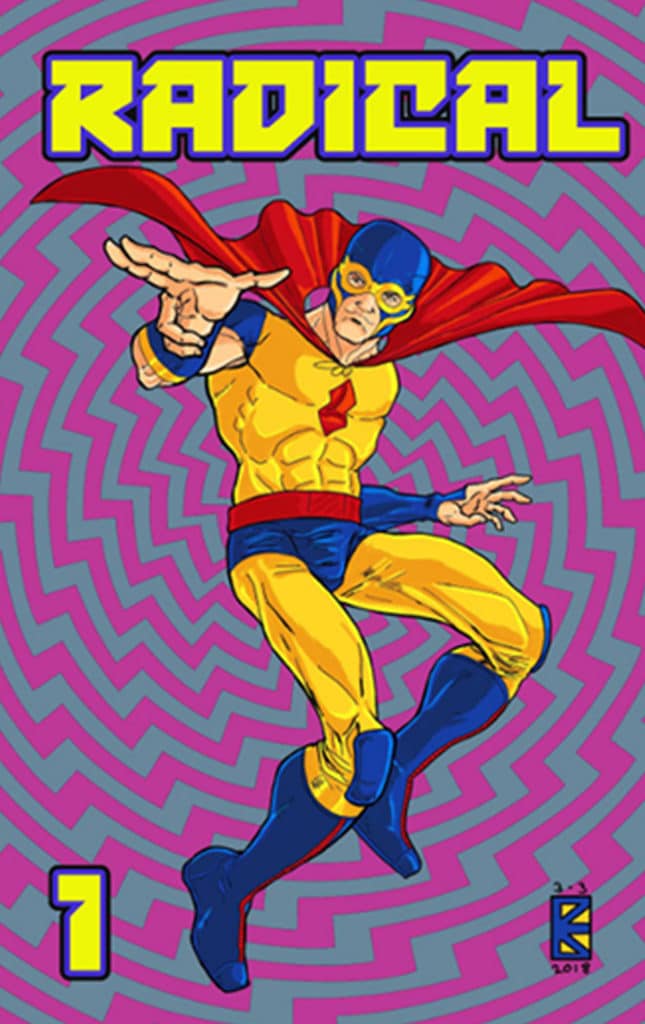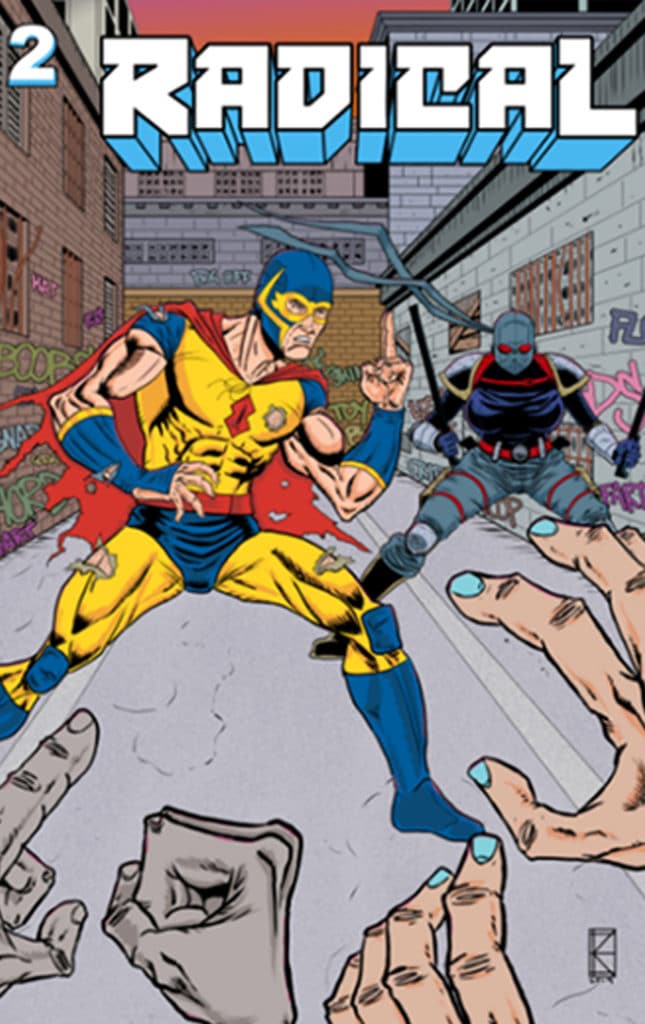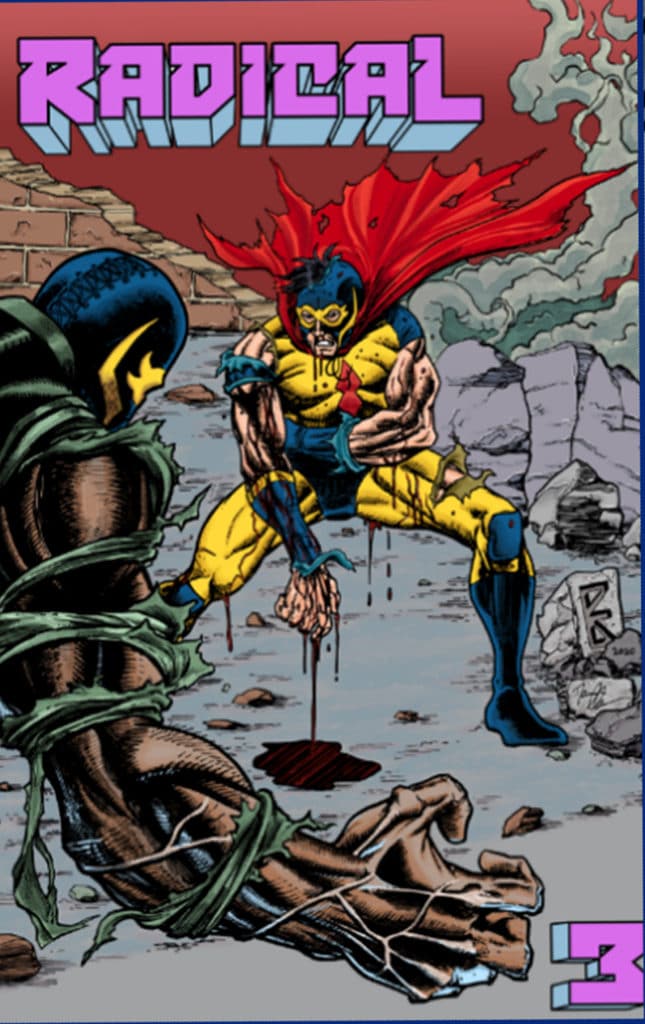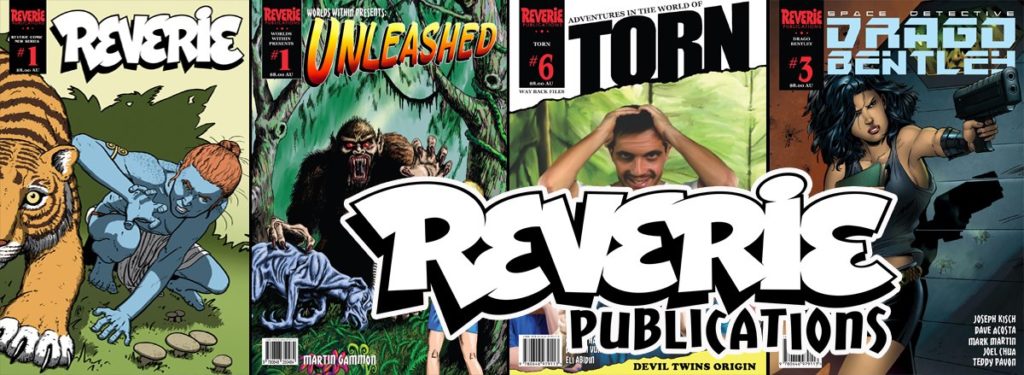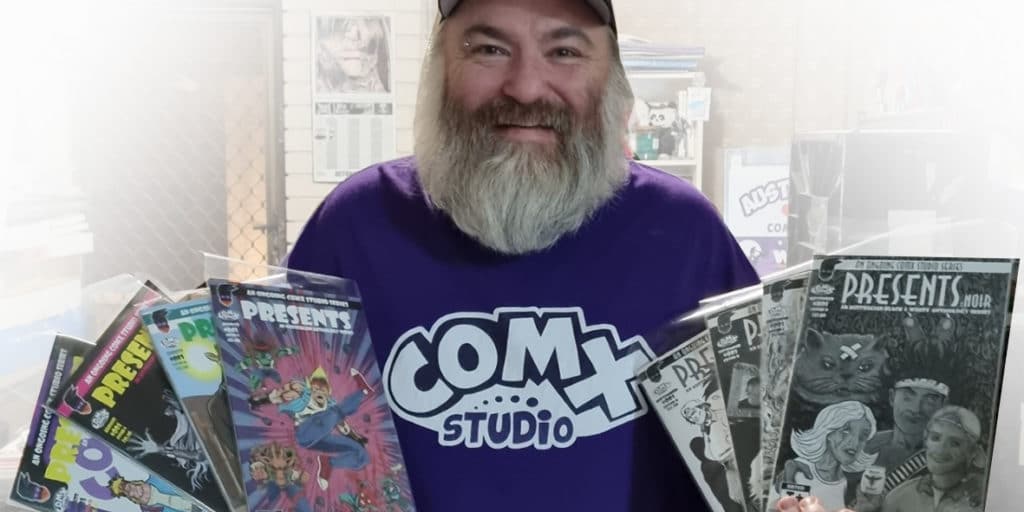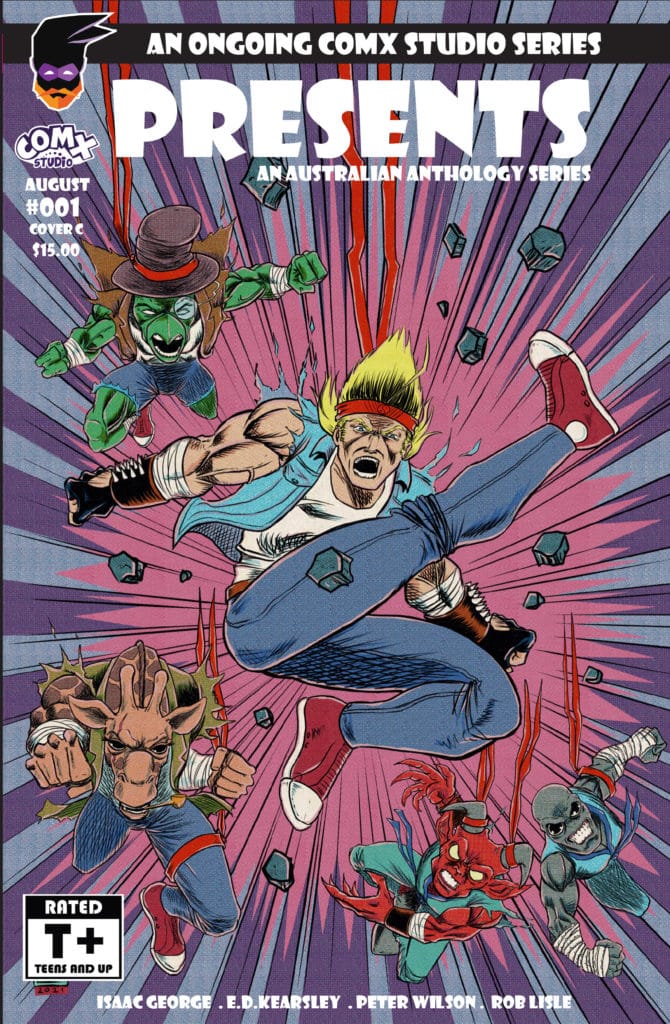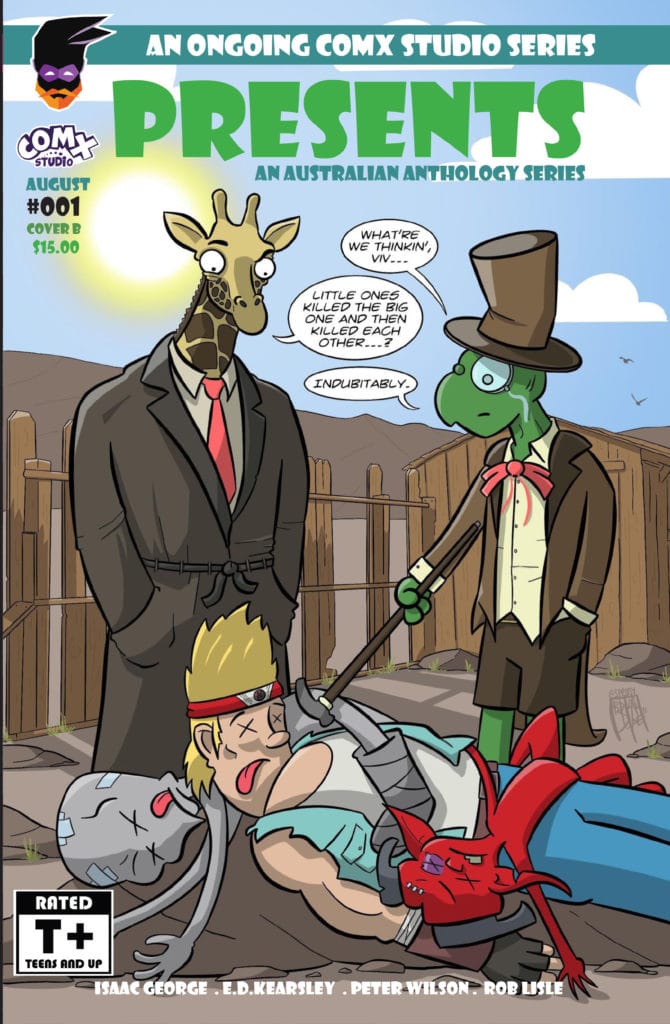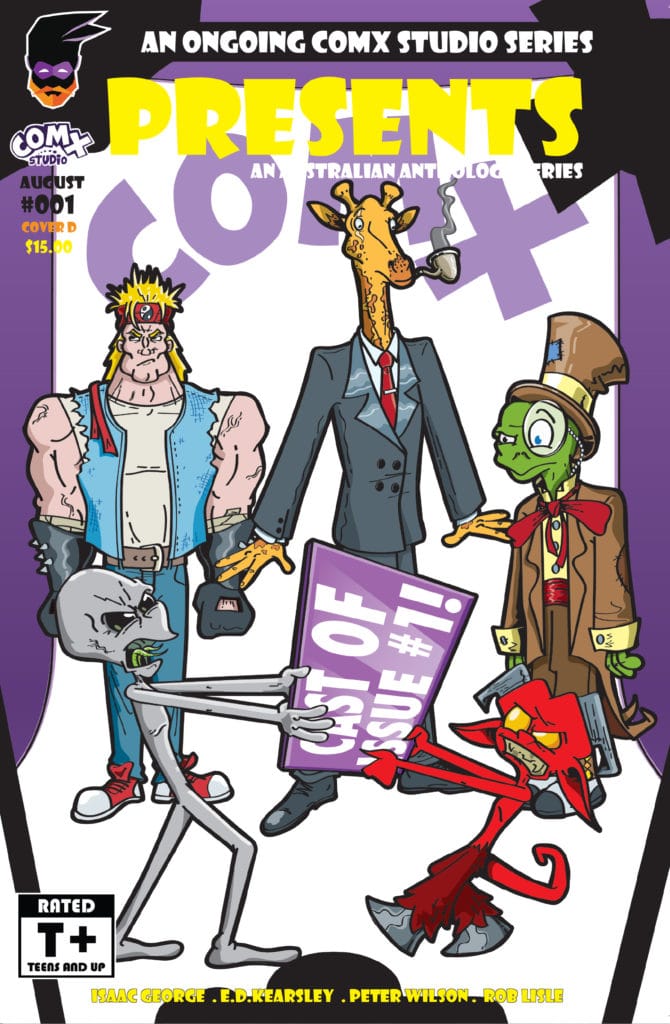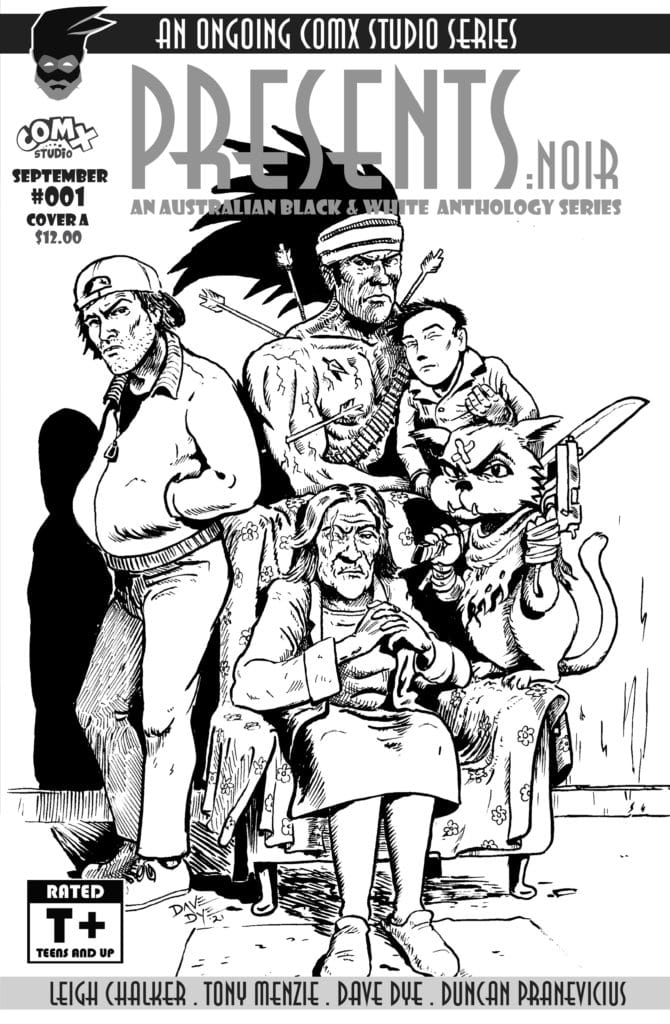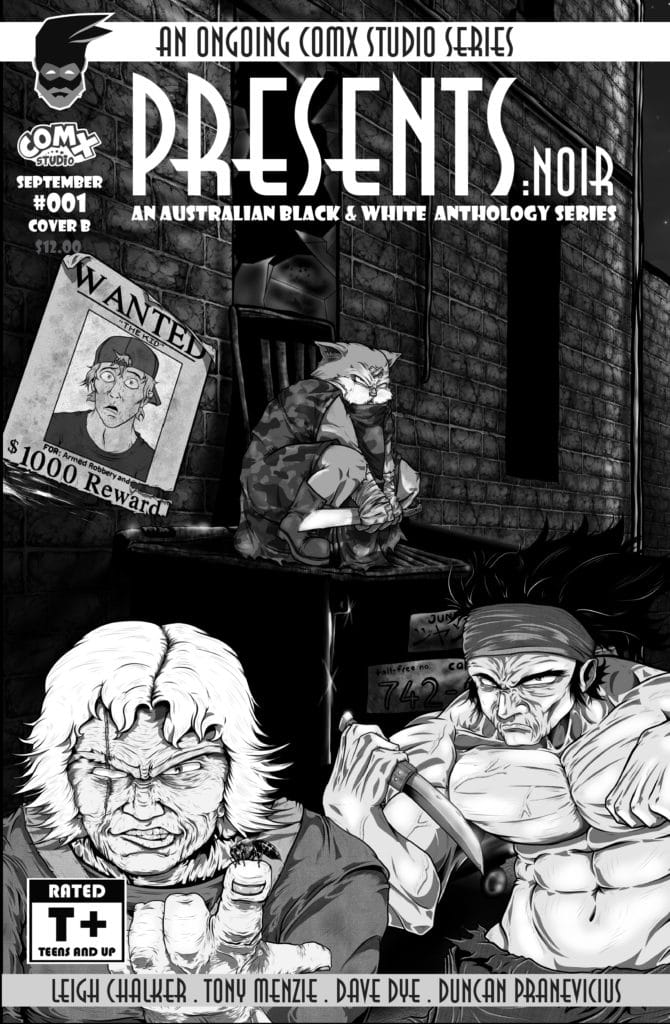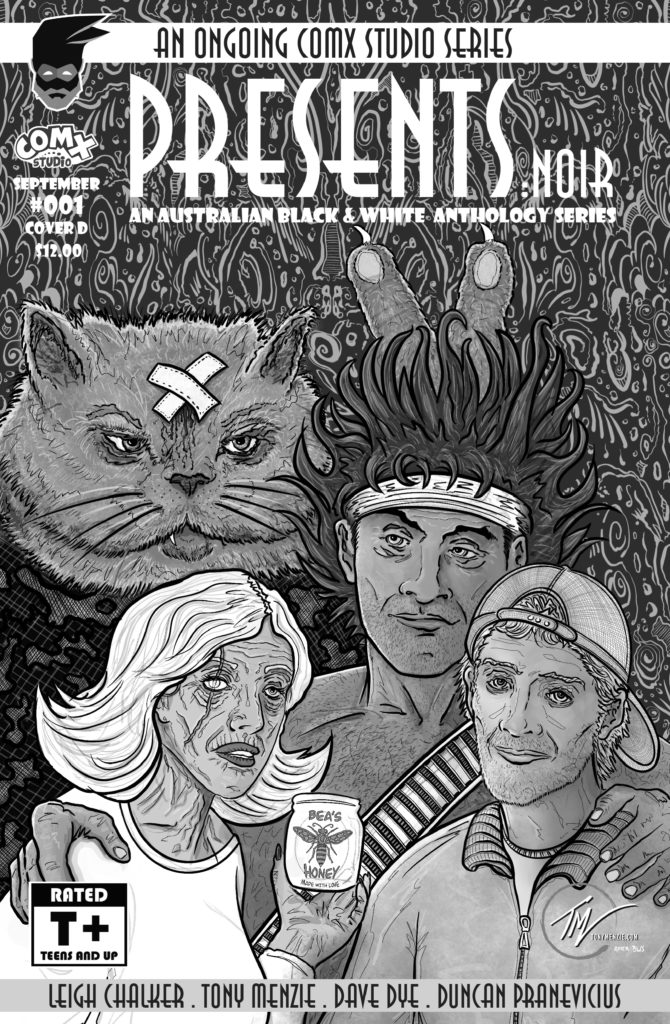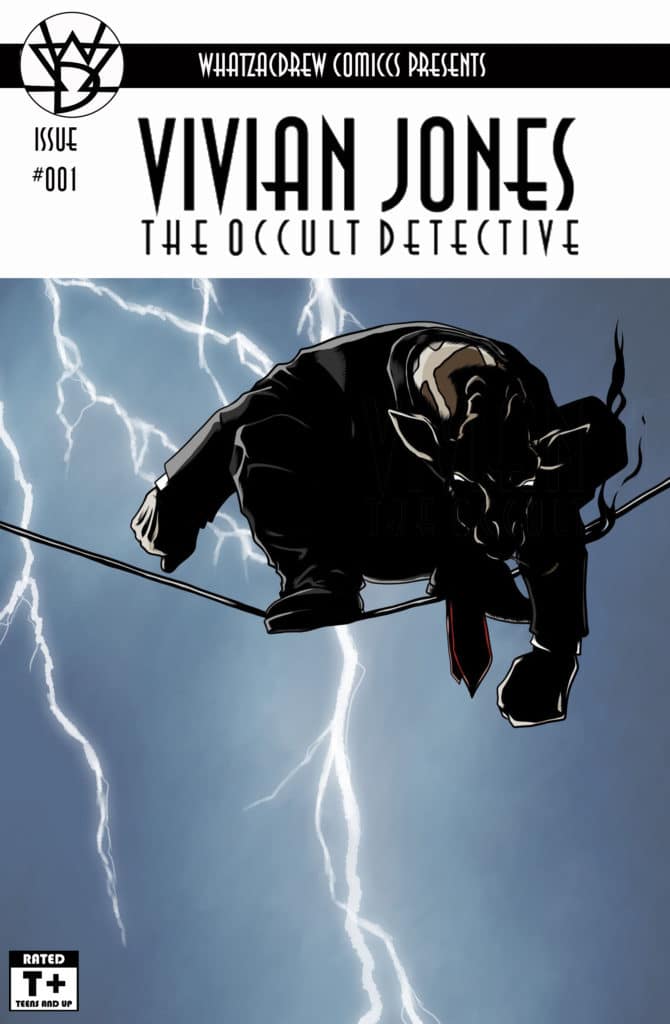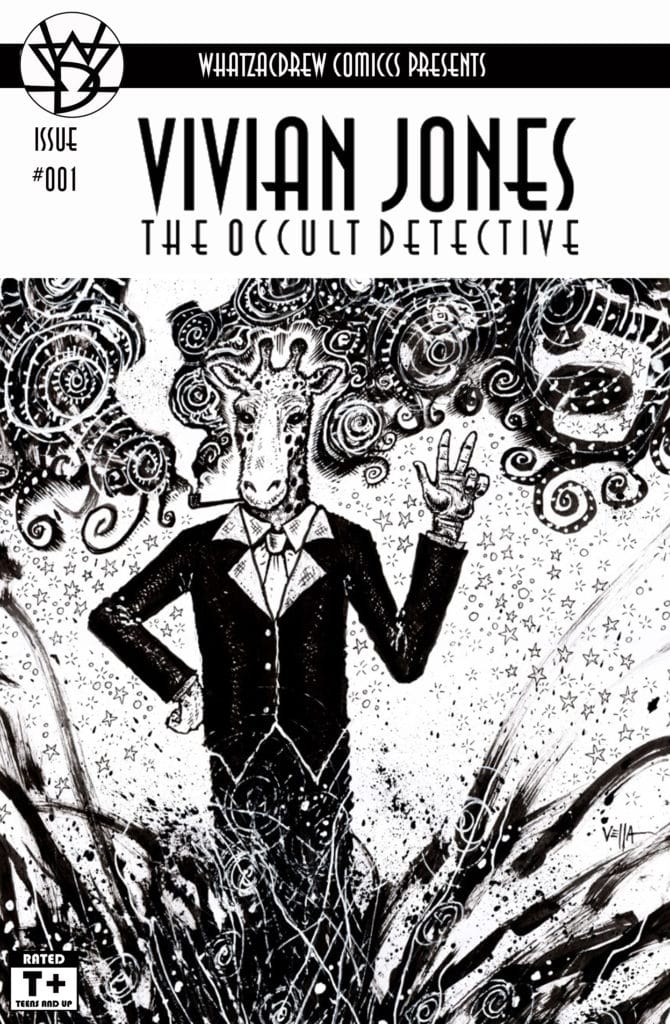“Am I going to just continue to shoehorn other characters into it or do I make up my own guy… so that’s what I did”. Mike Mignola, 2018.
Comic books act to both link us to our past stories found in our mythology and help to create new mythology by keeping the old alive through referencing and adaptation. Comics continue to attempt to tackle and showcase the universal, and in many cases timeless nature of mythology, a main focal point of Mike Mignola’s ongoing thirty-year saga, Hellboy. Mignola often uses his own characters- predominately Hellboy, from his ‘Mignola-verse’ to not only help guide the casual mythology observer through well-established world myths, but also uses these characters to help explain his new mythology and how it works with what we have had handed down to us from multiple generations and societies). This is one way to show how these myths are similar to each other, highlighting the connections that even though we are all from diverse backgrounds, mythology links everyone to how we thought and continue think about the world.
In their article Comic Books as Modern Mythology, Gelu Teampau explains how mythology has always provided dramatic stories which are easily adaptable, which feature the same stories with “variants of the same major and easily recognizable mythical characters, events and backgrounds” (Teampau, 2015 pp.147).Teampau elaborates and lists the forms in which these stories can be seen in “numerous examples from high arts, such as classical literature, painting, sculpture, architecture or classical music are expectedly retellings or reinterpretations of the well known myths (mostly originating in the West’s Judeo-Christian and Greek-Roman inheritance)” (Teampau, 2015 pp.147). This is seen by these myths and legends being visible in in modern art and media, such as film, animation, video games and as this article explores, comic books. Teampau believes their inclusion in modern media allows the content to be “due to their power to influence and their ability to forge easily understandable and identifiable messages” (Teampau, 2015 pp.147).
Mike Mignola is a veteran in the comic book industry, now with over 40 years of experience, most of that time crafting his creator owned series Hellboy published by Dark Horse comics. In 2018 on behalf of the Society of Illustrators, Karen Green the Curator for Comics and Cartoons at Columbia University interviewed Mignola. Mignola stated “almost nothing about Hellboy was planned, I just wanted to get away with drawing monsters and not cars” (YouTube, 2018).
Teampau, while referencing Arthur Asa Berger proposed that we need to look at culture like an “onion with multiple layers, holding the myth (the sacred story) at its core” (Teampau, 2015 pp.142). Expanding on this, goes on to describe how each ‘layer’ adds to the myth- “This essential nucleus is covered by the historical events put into connection to that myth. A third layer comprises the elitist creations containing reverberations of the myth, covered, at their turn, by the layer of the popular culture creations” (Teampau, 2015 pp.142). Again, while referencing Asa Berger, Teampau states that the largest and final layer is built from the everyday activities which reflect the myth, the adaptation of the layers to make new mythology in fiction, i.e., comics, (Teampau, 2015 pp.142) Something Mignola has frequently drawn inspiration from.
By Mignola’s own account, his desire to just draw monsters he unknowingly had stepped into the history of comics legacy as a mythology preserver and creator. This further stipulated by the creator in his interview when they discussed his work on DC Comics’ Batman: Gotham by Gaslight, an alternate history of Batman where an 1888 Gotham City stands in Whitechapel and Jack the Ripper haunts its streets- another example of Mignola bending myth and history to create a new mythology and Berger’s ‘onion’ theory. “Coming off this, I made up my own story where I could draw what I want… how could I back to being at the mercy of someone sending me a script”. He continued “am I going to just continue to shoehorn other characters into it or do I make up my own guy… so that’s what I did” (YouTube, 2018).
With the newfound passion to break away from being bound by other people’s stories and guidelines of the publishers, the comic book Hellboy debut in 1993 allowing Mignola to peruse his love and wish to just draw monsters. By doing this, Mignola used Berger’s ‘onion’ theory and through the pages of Hellboy, blended all his loves, folklore, horror, Lovecraft, pulp fiction and of course mythology creating a new mythology and exposing an audience to tales and characters from our past in a new way. The character itself a half human and half demon summoned from hell during the last days of World War II by Nazi’s to help tip the war in their favour by Rasputin. However, while he was being summoned the Nazis were interrupted by Professor Trevor Bruttenholm, who after the confrontation took the child in and raised him as his own and taught him to be an occult detective and monster hunter. Through his story, Hellboy joins Bruttenholm’s group B.P.R.D. (Bureau for Paranormal Research and Defence) and is revealed to be connected to a prophecy where he is to bring upon Ragnarök- the Norse mythological name for the apocalypse.
Dawid Przywalny, in his article Comic books as Modern American Mythology suggests culture has always been a lively element, always changing and morphing with the society which used it. When a society evolves, it also changes its language structure and its cultural creations. “Old beliefs, opinions and rituals lose their meanings and become traditions without functionality” (Przywalny, 2014 p). Therefore, if a cultural‑social change happens, it must be accompanied by a mythology reinterpretation which Mignola has done by crafting an in-depth world, built by adding his own mythology and world stories to push his narrative forward, intertwining figures and groups from history such as Rasputin and Nazis- key nemesis to Hellboy throughout the series. The series also include tales and figures from a range of mythologies; Celtic, Slavic, Arthurian legends, Greco-Roman, African to name a few. While weaving this existing canon of mythology into his story he creates a diverse palette of characters and perspectives that, just like traditional mythology reflects the changing landscape that creates a more expansive and more relevant mythology.
Overall Mignola is just one example of a Comic book writer and artist who has borrowed and retold straight adaptations of the myths we pass down or altered versions to fit within his overall story. Mignola has played a somewhat unknowingly pivotal role in comics when it comes to creating modern mythology with his simple desire to just draw monsters. His works have not only created new characters that are now connected to the mythological ones we know but he has given these traditional myths a new life, at heart keeping the values and core moral intact for a new generation and showing readers how these myths and legends can act as a bridge the worlds cultures together, showing us no matter or race or place of origin we share these similar tales that help form us all, uniting us a one community.
References:
- Mignola, M. and Byrne, J., 2018. Hellboy Omnibus Volume 1 Seeds of Destruction. 1st ed. Milwaukie: Dark Horse Comics.
- Mignola, M, 2018. Hellboy Omnibus Volume 2 Strange Places. 1st ed. Milwaukie: Dark Horse Comics.
- Mignola, M. and Fegredo, D., 2018. Hellboy Omnibus Volume 3 The Wild Hunt. 1st ed. Milwaukie: Dark Horse Comics.
- Mignola, M., 2018. Hellboy Omnibus Volume 4 Hellboy in Hell. 1st ed. Milwaukie: Dark Horse Comics.
- Teampau, G. (2015) ‘Comic books as the modern mythology’, Caietele Echinox, 28, pp. 140–155.
- YouTube. (2018). A Conversation with Mike Mignola and Karen Green. [online] Available at: https://www.youtube.com/watch?v=2YCXTwkjYdM&t=3729s [Accessed 5 Oct. 2023].
- Augustyn, B., Mignola, M., P Craig Russell, Barreto, E., Kane, B. and Dc Comics, Inc (2006). A tale of the Batman : Gotham by gaslight. New York, Ny: Dc Comics.
- Przywalny, D. (2014) ‘Comic books as the modern American mythology’, Ad Americam, 15, pp. 117–128. doi:10.12797/adamericam.15.2014.15.10.

